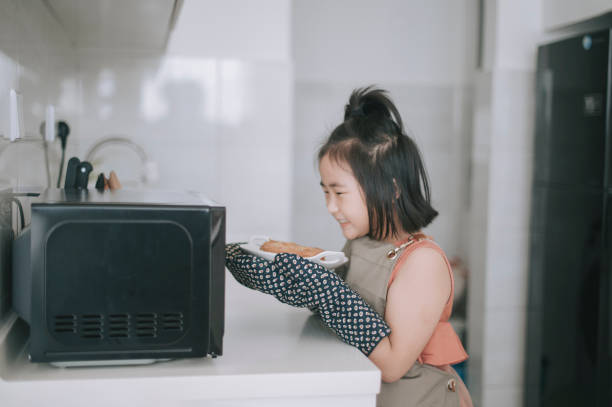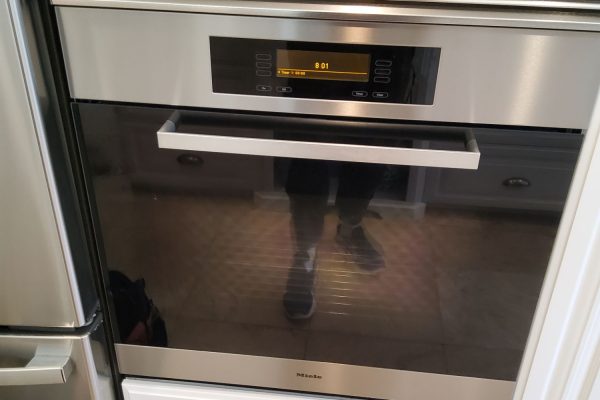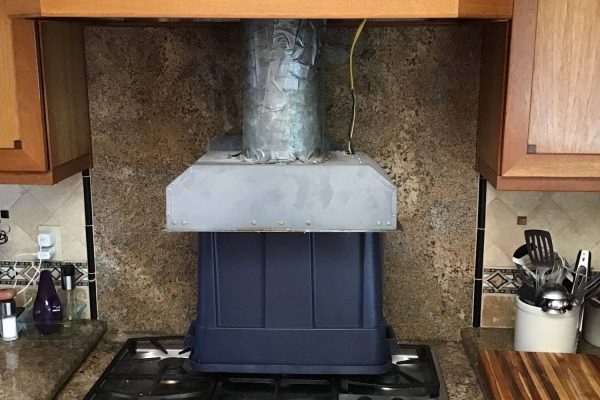Interior lighting plays a crucial role in shaping the ambiance and functionality of indoor spaces. Whether in residential or commercial settings, a malfunction in the lighting system can disrupt daily activities and compromise safety. From flickering bulbs to total outages, understanding the causes of interior lighting malfunctions and implementing effective solutions is essential for restoring illumination and maintaining comfort. In this article, we’ll explore the common causes of interior lighting malfunctions, methods for troubleshooting, and recommended solutions to address these issues.
Common Causes of Interior Lighting Malfunctions
Interior lighting systems can experience a range of malfunctions, each with its own set of causes. Some of the most common issues include:
Faulty Bulbs: One of the simplest explanations for interior lighting malfunctions is a burnt-out or faulty bulb. Over time, incandescent, fluorescent, or LED bulbs may reach the end of their lifespan, resulting in flickering, dimming, or complete failure.
Poor Electrical Connections: Loose or corroded electrical connections within light fixtures, sockets, switches, or wiring can disrupt the flow of electricity, leading to intermittent or inconsistent lighting performance.
Overloaded Circuits: Excessive power draw from multiple lighting fixtures or appliances connected to the same circuit can overload electrical circuits, causing lights to flicker, dim, or trip circuit breakers.
Defective Ballasts or Transformers: In lighting systems utilizing fluorescent or HID (High-Intensity Discharge) bulbs, malfunctioning ballasts or transformers can cause flickering, buzzing, or erratic behavior.
Wiring Issues: Damage to electrical wiring, such as fraying, corrosion, or rodent damage, can impede the transmission of electricity to lighting fixtures, resulting in intermittent or total outages.
Troubleshooting Interior Lighting Malfunctions
When faced with interior lighting malfunctions, systematic troubleshooting is essential to identify the underlying cause and implement appropriate solutions. Here are steps for effective troubleshooting:
Check Bulbs: Start by inspecting each light fixture to determine if bulbs are burnt out or faulty. Replace any malfunctioning bulbs with new ones of the appropriate type and wattage.
Test Switches and Controls: Verify the functionality of light switches, dimmers, timers, and other lighting controls. Ensure switches are in the “on” position and that dimmers are adjusted to the desired brightness level.
Inspect Electrical Connections: Examine electrical connections within light fixtures, sockets, switches, and junction boxes for signs of damage, corrosion, or looseness. Tighten connections or replace damaged components as needed.
Assess Circuit Load: Determine if the lighting circuit is overloaded by unplugging or turning off other appliances connected to the same circuit. Distribute electrical load across multiple circuits if necessary to prevent overloading.
Test Ballasts or Transformers: For lighting systems using fluorescent or HID bulbs, test ballasts or transformers for proper functionality. Replace defective components with compatible replacements.
Check Wiring: Inspect electrical wiring for signs of damage, such as fraying, burning, or rodent infestation. Repair or replace damaged wiring and ensure proper insulation to prevent electrical hazards.
Recommended Solutions for Interior Lighting Malfunctions
Once the underlying cause of interior lighting malfunctions is identified, appropriate solutions can be implemented to restore proper functionality. Here are recommended solutions for common issues:
Replace Faulty Bulbs: Install new bulbs of the correct type and wattage to replace burnt-out or defective ones. Consider upgrading to energy-efficient LED bulbs for longer lifespan and reduced energy consumption.
Repair or Replace Electrical Components: Repair or replace damaged electrical components, such as sockets, switches, dimmers, or junction boxes. Ensure connections are secure and wiring is properly insulated to prevent future issues.
Upgrade Lighting Controls: Consider upgrading to smart lighting controls or programmable timers to enhance convenience, energy efficiency, and flexibility in managing interior lighting.
Balance Circuit Loads: Distribute electrical load evenly across multiple circuits to prevent overloading and ensure stable lighting performance. Consult with an electrician to assess and reconfigure circuit layouts if necessary.
Retrofit Lighting Fixtures: Retrofit outdated or inefficient lighting fixtures with newer, energy-efficient models equipped with advanced features such as integrated LED technology, motion sensors, or daylight harvesting capabilities.
Seek Professional Assistance: For complex or hazardous electrical issues, seek the expertise of licensed electricians or lighting specialists. These professionals can accurately diagnose problems, recommend appropriate solutions, and ensure safe and compliant repairs or installations.
Interior lighting malfunctions can disrupt daily routines, compromise safety, and detract from the overall comfort and functionality of indoor spaces. By understanding the common causes of lighting issues, conducting systematic troubleshooting, and implementing recommended solutions, homeowners and facility managers can restore illumination and maintain optimal lighting performance. Whether through simple bulb replacements, repairs to electrical components, or upgrades to lighting controls and fixtures, addressing interior lighting malfunctions promptly is essential for ensuring a well-lit and comfortable environment. Clearing the path to illumination begins with clear understanding and effective solutions to address interior lighting malfunctions.
Count on our services as the dependable solution for resolving household appliance issues! If your appliances need repair, fret not – reach out to Oceanside Appliance Service Center, and we’ll help eliminate any inconvenience.
With extensive experience in repairing household appliances of diverse brands and models, our highly qualified technicians possess profound knowledge and expertise in handling refrigerators, washing machines, dryers, dishwashers, stoves, ovens, and more.
We ensure a professional approach to every task, using only original spare parts for repairs. Our primary goal is to restore your household appliances to optimal condition.
Contact us:


